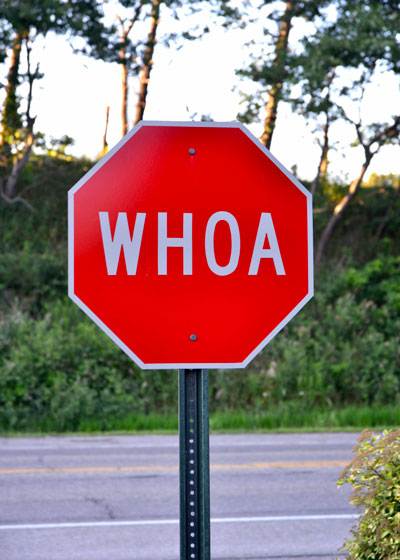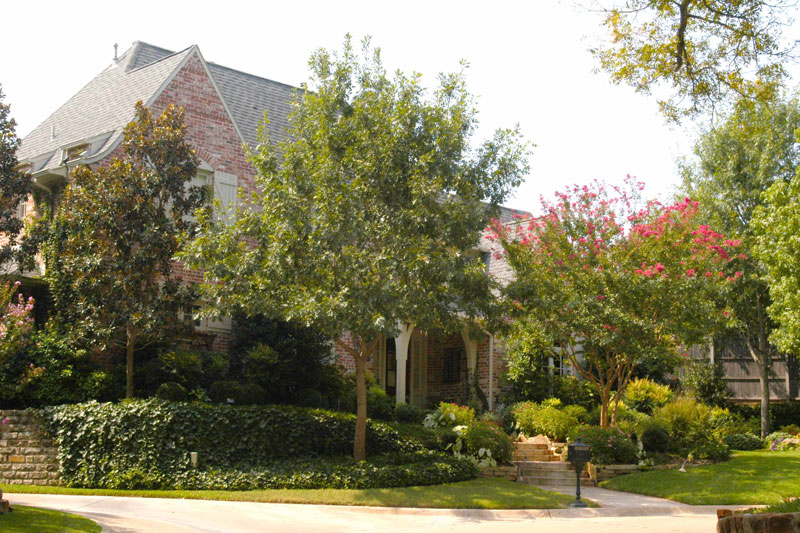Siting our shade trees
A vigorous shade tree of a superior species can be a real asset in your landscape, but that depends to a large part on whether you put it in the right spot. Here’s a list of potential problems you’ll want to avoid.
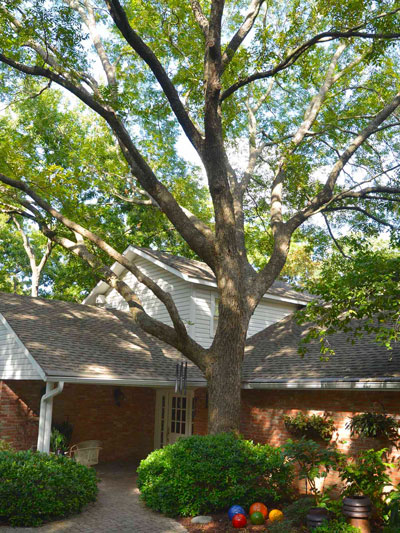
• Large trees too close to foundations. Tree roots can lift concrete. We’ve all seen driveways, parking lots, walks and curbs that were ruined by the incessant upheaval of expanding tree roots. And, trees’ roots also rob moisture from the soil beneath concrete foundations. So, add that all up, and you don’t want to have large shade trees within probably 10 or 15 feet of concrete.
• Large trees too close to rooflines. Sure, tree roots could crack your foundation. But there’s another way that trees are also likely to harm your house, and that’s by the rubbing of their low limbs against the eaves and roofing. Have your arborist trim them away annually.
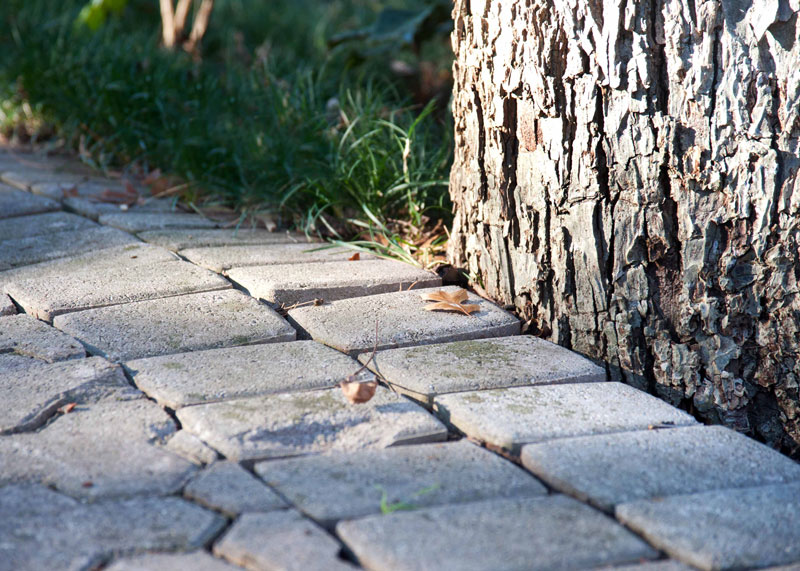
• Trees in parkways. This is partly about tree roots that could break the walk, curb and even the street. But, more than that, it’s also about tree branches extending out into traffic. Box trucks will flat-side the trees as they drive past, and in more severe cases of overgrowth, the city may even cut your trees back or require that you do so.
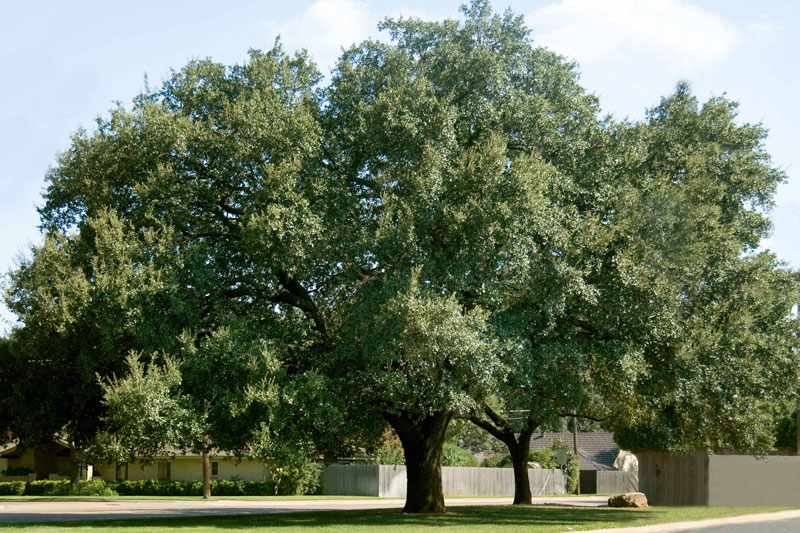
• Large trees in zero-lot-line neighborhoods. One development in a suburb has required that a live oak be planted in the front yard of each of its homes. They’re two-story houses, and those that face north now have huge trees that stretch out over the lawns and the street. Their arched trunks suggest how they needed more room and more sunlight. The neighborhood could have been more attractive had smaller species been chosen.

• Trees beneath power lines or directly above underground utilities. Before you head to the nursery to purchase your shade tree, take one last walk through your yard. Are there overhead lines that might be impacted? Allow 50 feet between power lines and large shade trees such as oaks, elms, pecans and pistachios. And think about water lines, sewers and underground cables that might be where you were planning on planting.
• Awkward tree placement. This doesn’t really involve size. It just involves making the mistake of planting a shade tree in a spot that doesn’t look visually comfortable in your garden design. Avoid planting in the exact center of your yard. Don’t align your new tree with other trees up and down the block, and don’t set it in direct line with the corner of your house or the middle of a large window. And don’t plant too many trees for the space you have available.
